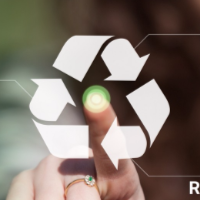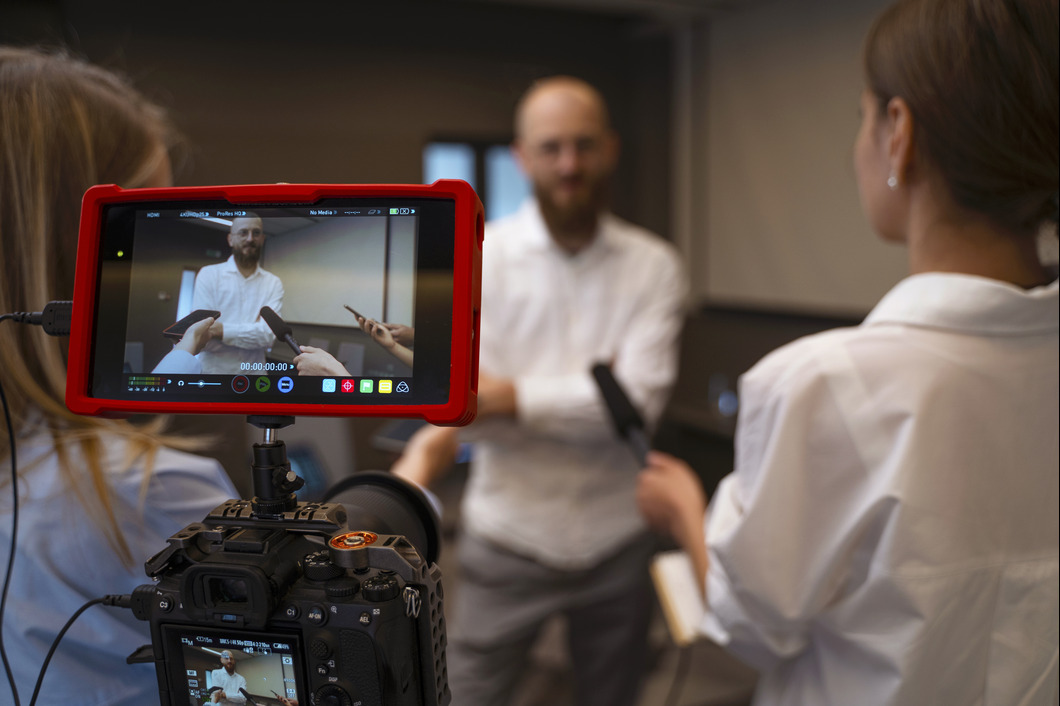How Legal Videography Supports in Preserving Vital Evidence for Litigation
How Legal Videography Supports in Preserving Vital Evidence for Litigation
Blog Article
Why Lawful Videography Is Essential for Accurate Court Recordings
The function of legal videography in court room setups can not be overstated, as it serves as an essential device for preserving the honesty of court documents. The ramifications of incorporating lawful videography into standard court room methods raise vital concerns about its more comprehensive effect on the lawful system.
Value of Visual Evidence
In the world of legal process, the relevance of visual proof can not be overstated. Aesthetic evidence works as a powerful device in establishing realities, proving testimonies, and improving the overall clearness of a case. This kind of proof, which includes photos, video clips, and representations, can give a substantial context that verbal summaries frequently do not have, therefore providing juries and courts a clearer understanding of the scenarios surrounding a case.
In addition, aesthetic proof help in the retention of details. Human cognition is naturally visual, and individuals are much more most likely to keep in mind and understand information presented in a visual layout. In the court room, this can be critical, as engaging aesthetic proof can sway viewpoints and enhance the story offered by lawful agents.
Furthermore, the usage of visual evidence can minimize misconceptions and uncertainties that usually occur from verbal exchanges. By giving a straight depiction of events, visual proof assists to eliminate subjective interpretations and cultivates an extra unbiased assessment of the truths. Subsequently, the combination of visual evidence into lawful procedures not just enhances the honesty of the judicial process however likewise improves the probability of attaining a simply result.
Capturing Non-Verbal Signs
Making use of sophisticated videography methods can substantially improve the capture of non-verbal hints throughout lawful proceedings. Non-verbal interaction, consisting of facial expressions, body movement, and eye get in touch with, plays a vital role in communicating emotions and intents that may not be explicitly specified in verbal testament. legal videography. Legal videography employs high-def video cameras and strategic angles to make sure that these subtle hints are tape-recorded with clarity and precision
The capacity to evaluate non-verbal habits can provide beneficial context to statements made throughout court sessions. As an example, a witness's unwillingness or self-confidence can be translated through their stance or gestures, possibly influencing the jury's assumption of reliability. The usage of close-up shots can aid focus on a speaker's expressions, allowing for a much more nuanced understanding of the statement.
In addition, integrating multiple cam angles can develop a comprehensive view of interactions, highlighting dynamics between celebrations included. This diverse technique not just boosts the precision of the court document however additionally help in maintaining the honesty of the judicial procedure - legal videography. Inevitably, recording non-verbal signs via legal videography promotes a richer, a lot more total representation of court procedures

Enhancing Statement Reliability
The integrity of testament can be substantially bolstered with using high-grade legal videography. Video clip recordings function as an objective medium that captures not only the talked words of witnesses but also the subtleties of their delivery, consisting of tone, pacing, and psychological expressiveness. This multifaceted documents provides a clearer understanding of the witness's reliability and intents, which can be pivotal in legal process.
Furthermore, lawful videography decreases the potential for misconceptions that might arise from composed transcripts alone. When jurors can observe a witness's attitude and body movement along with their testament, they are much better furnished to analyze the authenticity and reliability of the evidence provided. This aesthetic context can enhance the testimonial story, making it more compelling and trustworthy.
In addition, the Find Out More visibility of a video clip recording can hinder possible inconsistencies in testimony. Witnesses may be more cautious in their statements when they know they are being recorded, causing even more precise and genuine accounts. On the whole, top quality legal videography improves the stability of statement, guaranteeing that the court has access to a complete and truthful depiction of the realities as communicated by the witnesses.
Supporting Appeals and Reviews
Lawful videography plays an important role in supporting allures and testimonials by supplying a detailed visual document of court room process. This aesthetic paperwork captures not just the talked words of witnesses and attorneys yet additionally the nuances of body language, tone of voice, and court room characteristics. Such elements can be pivotal in recognizing the context of statements and arguments offered.
In the appellate process, where the emphasis gets on mistakes of law and step-by-step justness, a video document can serve as a vital device for appellate courts. It allows judges to evaluate the initial test context, guaranteeing that decisions are based upon a complete understanding of the process. The ability to aesthetically assess the demeanor of witnesses or the communications in between parties can expose insights that composed transcripts may ignore.

Additionally, lawful videography can aid in clearing up obscurities her latest blog in testimonies or procedural rulings, thereby enhancing the basis for an appeal. By providing a dependable, unbiased account of what transpired in court, legal videography not only supports the stability of the lawful procedure yet also empowers all celebrations included to make educated choices concerning their instances.
Streamlining Courtroom Procedures
Enhancing court room performance, lawful videography enhances processes by supplying instant accessibility to visual records of procedures. This innovation enables judges, lawyers, and courts to review essential statement and evidence, guaranteeing that all parties have a clear understanding of the instance. By catching the nuances of verbal and non-verbal communication, videography improves the record, making it simpler to understand the context and weight of testaments.

In addition, video clip recordings can facilitate remote engagement in hearings, permitting for greater flexibility in scheduling and participation, which is Clicking Here particularly valuable in complex cases involving multiple stakeholders.
Final Thought
Finally, legal videography plays a crucial function in making sure precise court recordings by offering necessary aesthetic evidence that captures both verbal and non-verbal interaction. This technique improves the dependability of statements, supports appellate reviews, and simplifies court room procedures. By promoting a comprehensive understanding of courtroom characteristics, legal videography ultimately adds to extra equitable judicial outcomes, enhancing the honesty of the legal system and facilitating notified decision-making.
Report this page